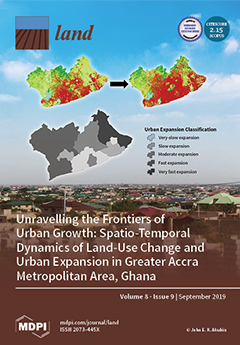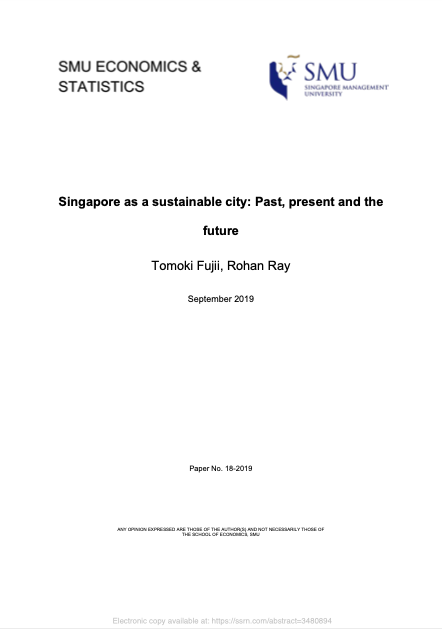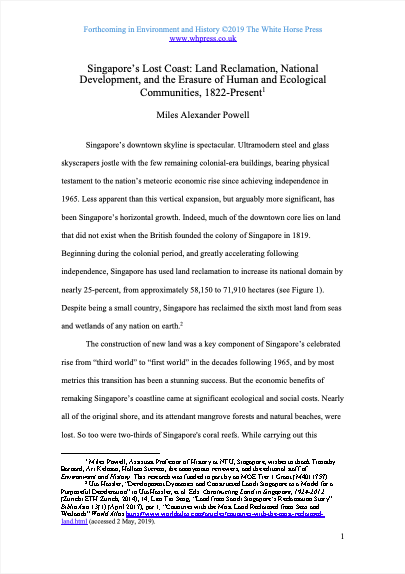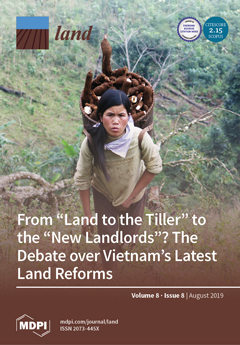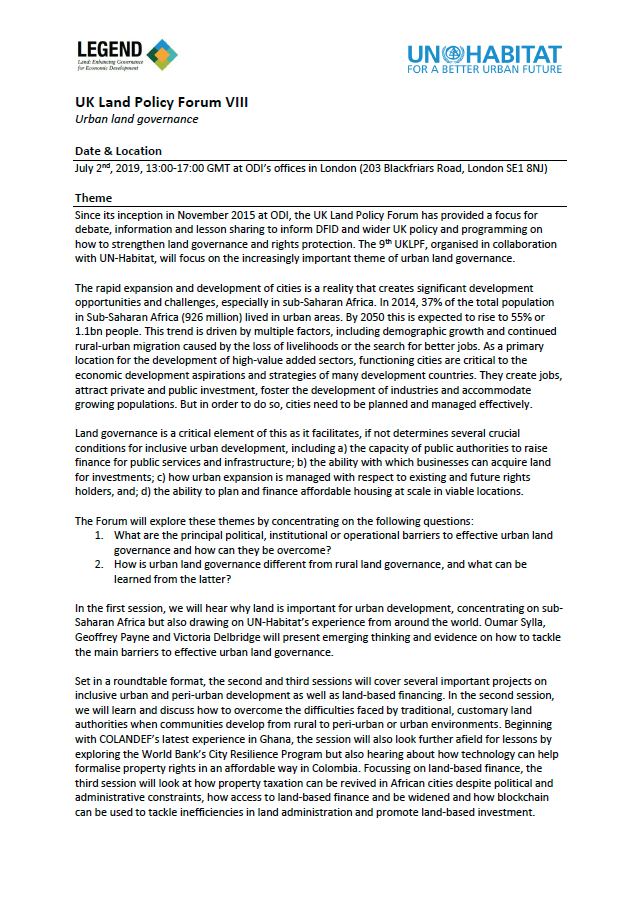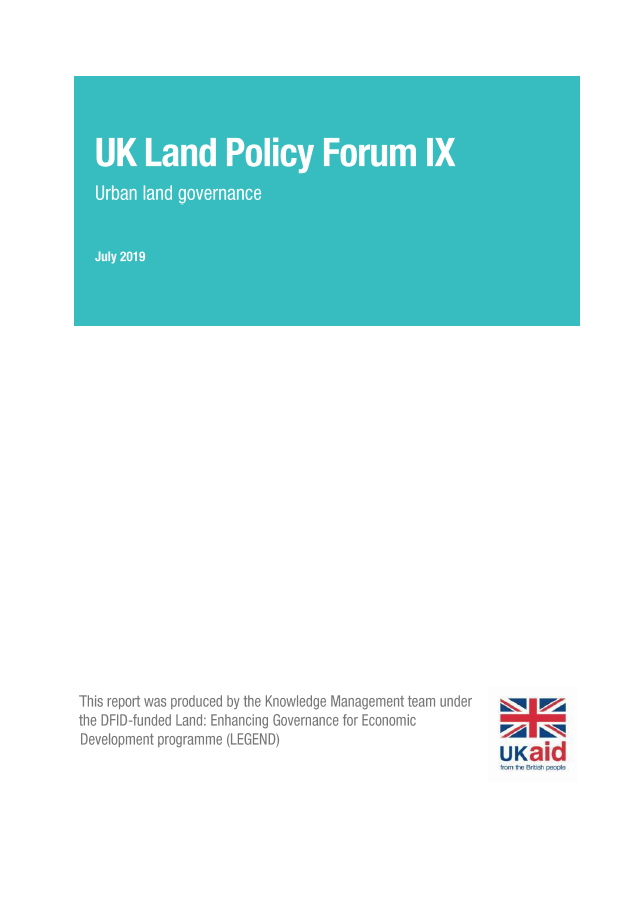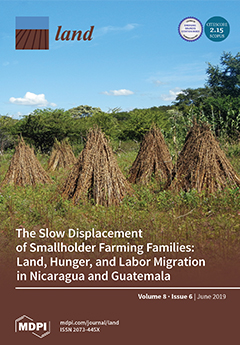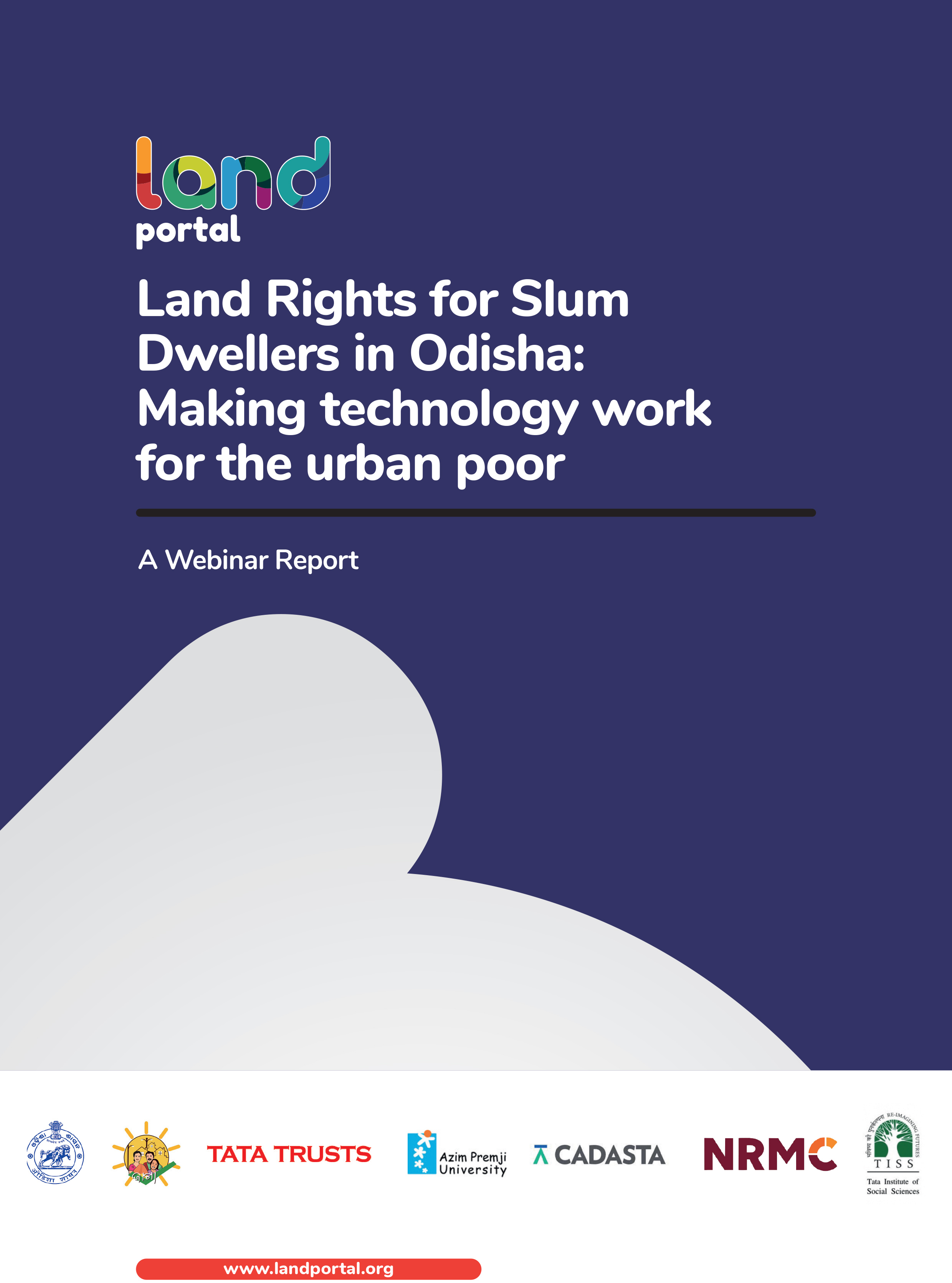Predicting Urban Expansion and Urban Land Use Changes in Nakhon Ratchasima City Using a CA-Markov Model under Two Different Scenarios
This study focused on the prediction of land-use changes in Nakhon Ratchasima city using a CA-Markov Model with GIS. Satellite images taken by Landsat-5 (1992), Landsat-7 (2002) and THEOS (2016) were used to predict land use in 2026. In 1992, the most proportion of land usage was built-up areas (47.76%) and followed by green areas (37.45%), bare lands (13.19%), and water bodies (1.60%), respectively. In 2002, the land use comprised built-up areas (56.04%), green areas (35.52%), bare lands (4.80%) and water bodies (3.63%).

